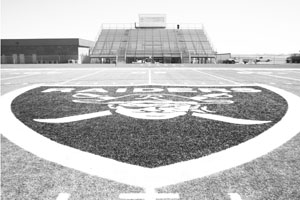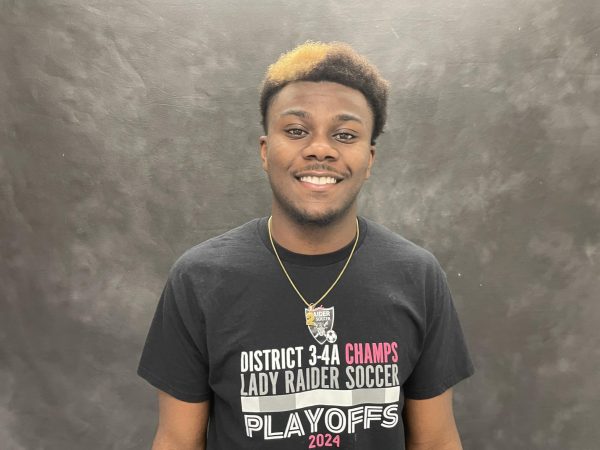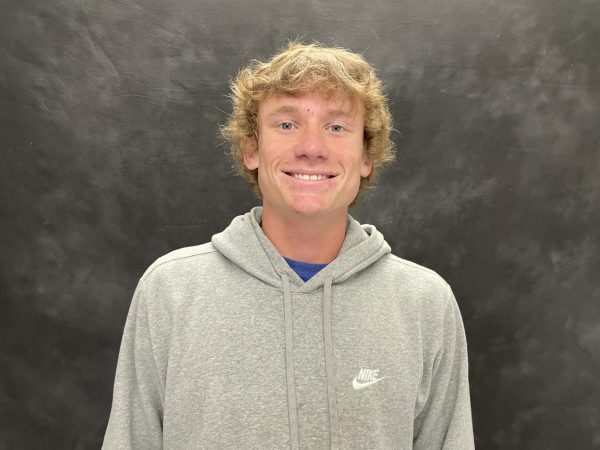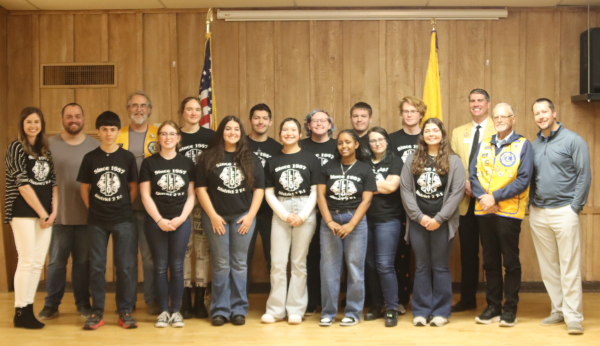Raider field receives make-over

New turf field installed this summer on Raider Field.
In past years, Raider field hasn’t been anything remarkable. Hard, barren dirt runs through the center of the field, surrounded by what once resembled grass along the edges. The district spent about $20 thousand on water expenses not to mention upkeep, and the field was still pitiful. This year, all of this has changed. $650 thousand dollars worth of Fluorescent green AstroTurf covers the entire length of the field, and on the center of the 50 yd. line sits the Raider shield, a constant reminder of the school’s tradition and pride.
“The difference between the new turf field and the natural grass fields we have on campus is night and day,” Athletic Trainer Anthony Salinas said. “Our grass fields are a victim of Mother Nature all year, every year.”
Aside from the sometimes unpredictable Panhandle weather, the grass becomes hard and dry, there is a constant battle against weeds, and the field becomes hard and worn down as the season goes on.
“We can have good practices on the turf even if it has rained a lot, whereas with the regular practice fields we would be dealing with the mud,” Head football coach Bryan Wood said. “Having the turf is going to allow all our athletic teams to have somewhere to go if there fields are too wet to practice on in the spring.”
Though the turf is being used mainly for football during this first semester, Raider Field will also hold track meets, soccer games, as well as off-season teams that need a place to practice. It is also safer for athletes to use than the grass because of the level surface, a problem that was constant throughout the past years of drought.
“There are no holes or uneven areas on the turf to worry about an athlete stepping in and rolling an ankle or injuring their knee,” Salinas said.
That being said, there are a few negatives to having an unnatural field.
“I believe the downside to an artificial surface is the amount of heat the surface holds,” Salinas said. “We see surface temperatures between 115-130 degrees during the early part of the football season. Heat related injuries are a major concern during august and the first few weeks of September.”
The project began in early spring of this year and was completed before the annual Black and Silver spring football game May 31.
“Our Athletic Director, Brent McCallie, recognized the need for the turf fields for both Canyon and Randall,” Wood said. “There are a number of reasons why we needed to do this, but in the end it was up to the Superintendent. Mike Wartes recommended to the Board of Trustees that we move forward with this project. At that point, the board voted to proceed and here we are.”
Though it seems like a hefty price to pay for only 10-12 years worth of playing time, Assistant Superintendent Randy McDowell said after that time is up, the only maintenance needed will be to have the turf pulled off and replaced for about half of the original cost, therefore the district will receive approximately 25 years out of a million-dollar investment.







